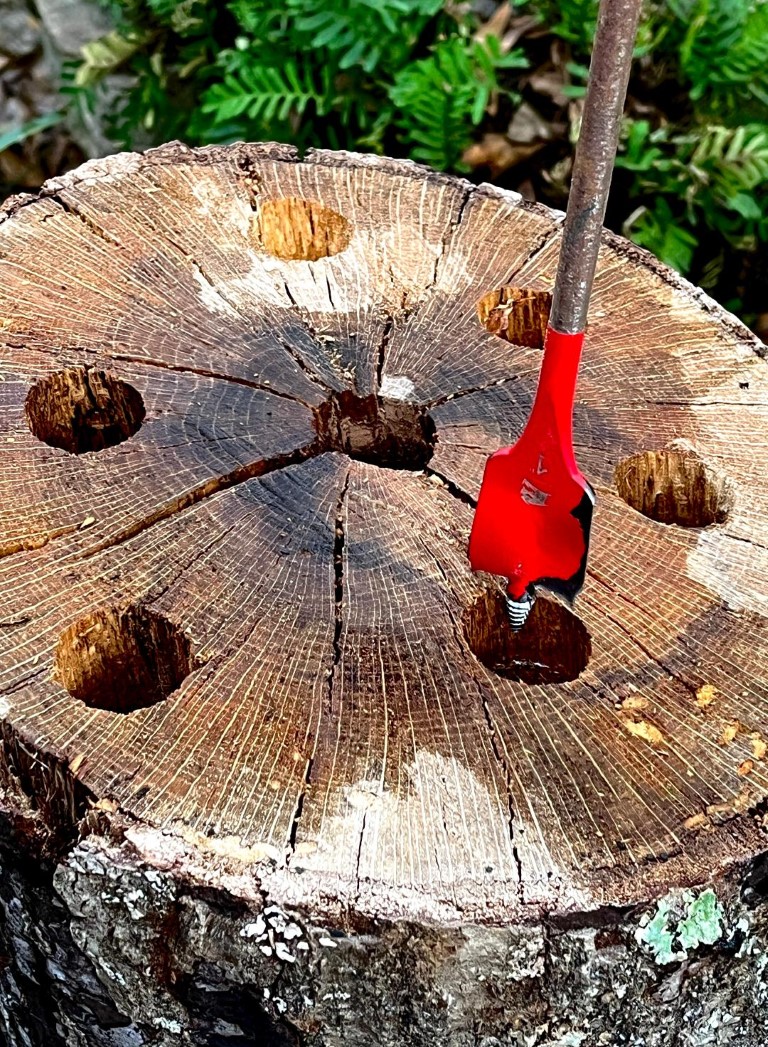Rose of Sharon hibiscus is pretty pass-along plant
Published 9:45 am Tuesday, August 13, 2024
By Eddie Smith
MSU Extension Service
There is a type of plant treasured for its ability to be shared. Known as pass-along plants, these are often shared by gardeners, friends and family, typically through cuttings, divisions or seeds.
These plants carry sentimental value and foster a sense of community, as they are often passed down through generations or exchanged within local gardening groups.
My friend Patricia Holliday of Hattiesburg recently showed me a stunning Althea, also known as Rose of Sharon hibiscus, which she has as a pass-along plant.
Patricia’s pass-along Rose of Sharon was covered with gorgeous double, light pink blooms with pink highlights. The native bees obviously loved the plant too, as they buzzed all around and collected pollen from the flowers.
One of my favorite Rose of Sharon varieties in Patricia’s landscape was Sugar Tip.
Sugar Tip Rose of Sharon is a distinctive deciduous shrub renowned for its stunning variegated foliage and abundant blossoms. It features green leaves edged with creamy white, providing a striking backdrop to its delicate, double-pink flowers.
Another beautiful variety I saw in Patricia’s landscape was Blueberry Smoothie. The flowers of this plant are a rich shade of lavender-blue or bluish-purple, reminiscent of the color of ripe blueberries. The blooms are double, featuring multiple layers of ruffled petals that create a lush, full appearance.
Each flower is approximately 3-4 inches in diameter, making them quite prominent. The petals are soft and slightly velvety to the touch, adding to the overall luxurious feel of the flower.
Rose of Sharon is a deciduous shrub known for its showy flowers that bloom from mid-summer to early fall. This hardy plant typically grows 8 to 12 feet tall and 6 to 10 feet wide, with an upright, vase-shaped habit.
Its flowers, ranging from white and pink to red, purple and blue, often have a contrasting center color. These blooms attract pollinators such as bees, butterflies and hummingbirds, enhancing the garden’s ecological health.
Rose of Sharon are adaptable to a variety of soil types. They prefer full sun to partial shade and are drought-tolerant once established, making them a low-maintenance choice for many landscapes.
These shrubs can be used in hedges, mixed borders or as a standalone specimen.
Additionally, their late-season blooms provide much-needed color when many other plants have finished flowering. Their ability to thrive in urban environments, resistance to deer and ease of care make Rose of Sharon varieties a popular choice for gardeners.
Rose of Sharon varieties grow in U.S. Department of Agriculture zones 5-9, making them an ideal choice throughout the South as a pass-along plant.






